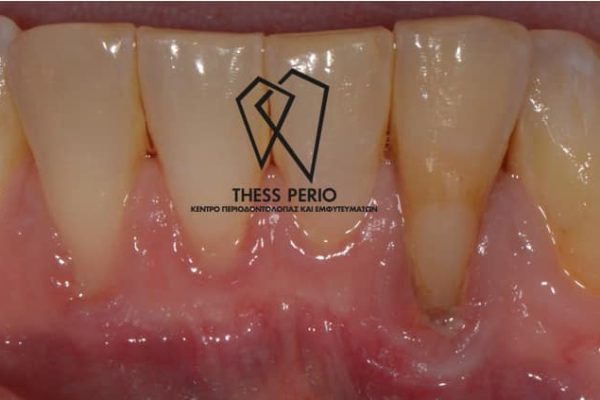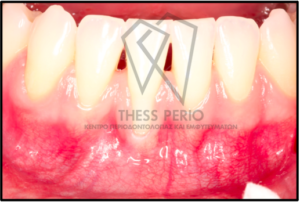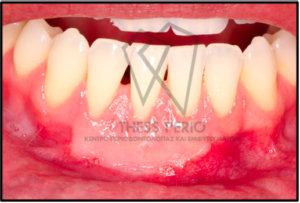- Home
- Gum Recession
GUM RECESSION
The loss of soft tissues can appear along the gingival line and it is being referred as gingival recession. Causes of gingival recession include periodontal disease, trauma, orthodontic treatment, aggressive brushing and aging. When the gums recede, the tooth root gets exposed, resulting in sensitivity to cold and warm, as well as esthetic problems. Compromised esthetics, elongated teeth and gaps between the teeth are all associated with gingival recession. In addition, the exposure of roots increases the risk of decay and predisposes the teeth to further progression of recession.

Considering that healthy gums are vital for oral health, the treatment of gingival recession is necessary to maintain the overall dental wellbeing. Periodontal plastic surgery aims in recovering the gingival tissue and to cover the exposed roots thereby restoring the gingival health, preventing further recession and bone loss and reinforcing a healthy smile.
Gum grafts can be used to cover exposed roots or increase the gingival thickness. During the surgical treatment, gum grafts from the same donor or other materials can be used. Alternatively, in selective cases, a less invasive surgical technique can be employed, called Pinhole Surgical Technique® that avoids the use of a scalpel and sutures.


